In popular perception, Jagannatha is Krsna — nay Visnu Himself. He is, thus, not an incarnation (avatara), but Himself the incarnator (avatarin). "Many millions of the avataras emerge out of the body of Jagannatha and get merged again into Him Who is the highest Brahman Himself," sings a later medieval poet of Orissa, while glorifying the Lord. And Jagannatha temple, near the sea-coast of Puri (Orissa), stays not just as one of the greatest religious monuments of India, visited year after year by countless devotees and pilgrims, but the very temple site is revered as Sri-Ksetra or Purusottama-Ksetra owing to the inviolable sacredness associated with it. Despite all the research that has been carried out sofar, the genesis of Jagannatha’s cult and the formative phase of His accompanying divinities are veiled in mystery. These deity images at the Puri temple could be, as some scholars hold, a rendering of the abstract Vedantic Brahma into the visual form of ‘Daru Brahma’ which, in turn, is believed to be a unique blend of different Hindu sects: Vaisnava, Saivas, Saktas, Ganapatyas, Saura, and even Jaina and Buddhist. The Niladari-Mahodayam, a Sthala-Purana is a c14th-century work, which schematically patterned after the Purusottama-Mahatmyam of the Skanda-Purana, offers a vivid description of Jagannatha’s cult, the modes of his everyday worship (pujapaddhati), his various festivals and how they are to be observed. For the first time, Dr Ray presents a meticulous, critical analysis of this medieval text — which, together with a comprehensive introduction, examines the date of its composition and the kind of evidence Niladri Mahodayam affords of Utkal’s (Orissa’s) historical geography, society, culture, religion and philosophic expressions. The author also underscores the importance of this Puranic piece showing how the daily ritualistic performances in the Jagannatha temple continue till this day to faithfully adhere to the prescriptions of Niladri Mahodayam. Supporting her analysis are 49 illustrative plates. Dr Bidyut Lata Ray is Reader in Sanskrit, Nayagarh College, Orissa.

Jagannatha Cult: Origin, Rituals, Festivals, Religion & Philosophy
In stock
Free & Quick Delivery Worldwide
reviews
Bibliographic information
Title
Jagannatha Cult: Origin, Rituals, Festivals, Religion & Philosophy
Author
Edition
1st. ed.
Publisher
ISBN
8186218076
Length
xviii+303p., Plates; Illustrations; Maps; 29cm.
Subjects

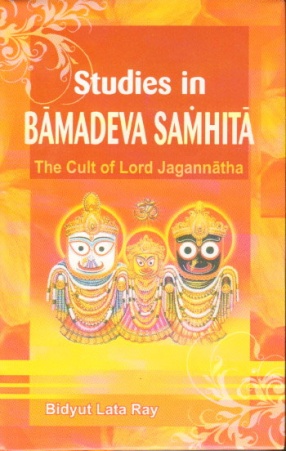
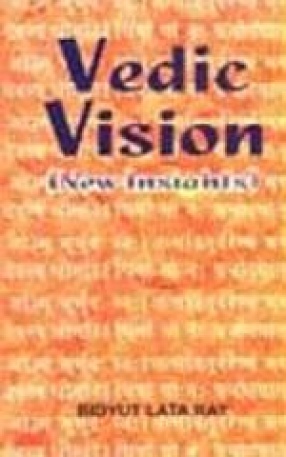
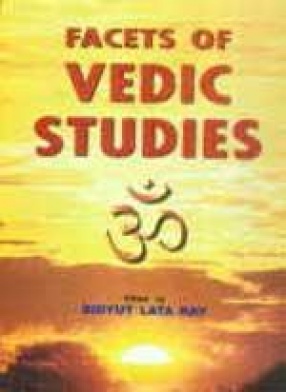

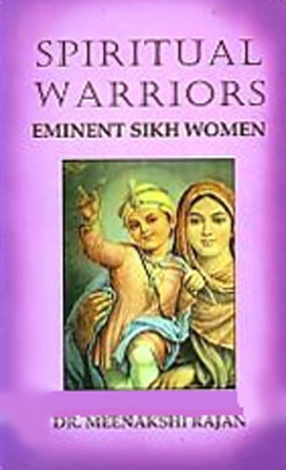
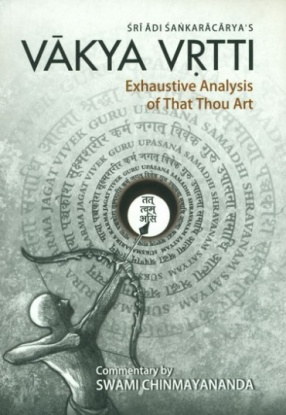
There are no reviews yet.